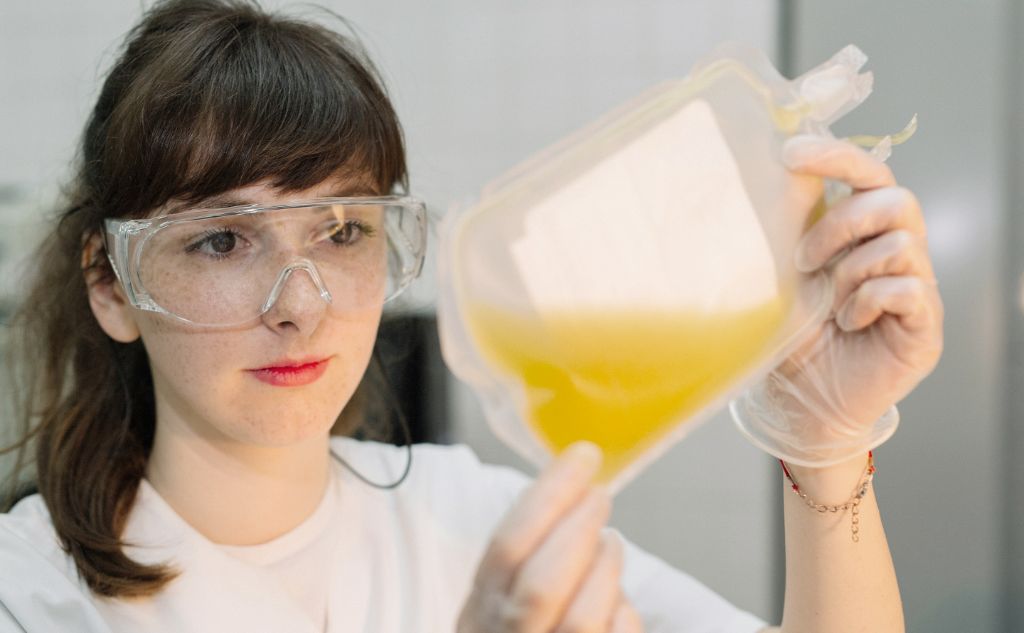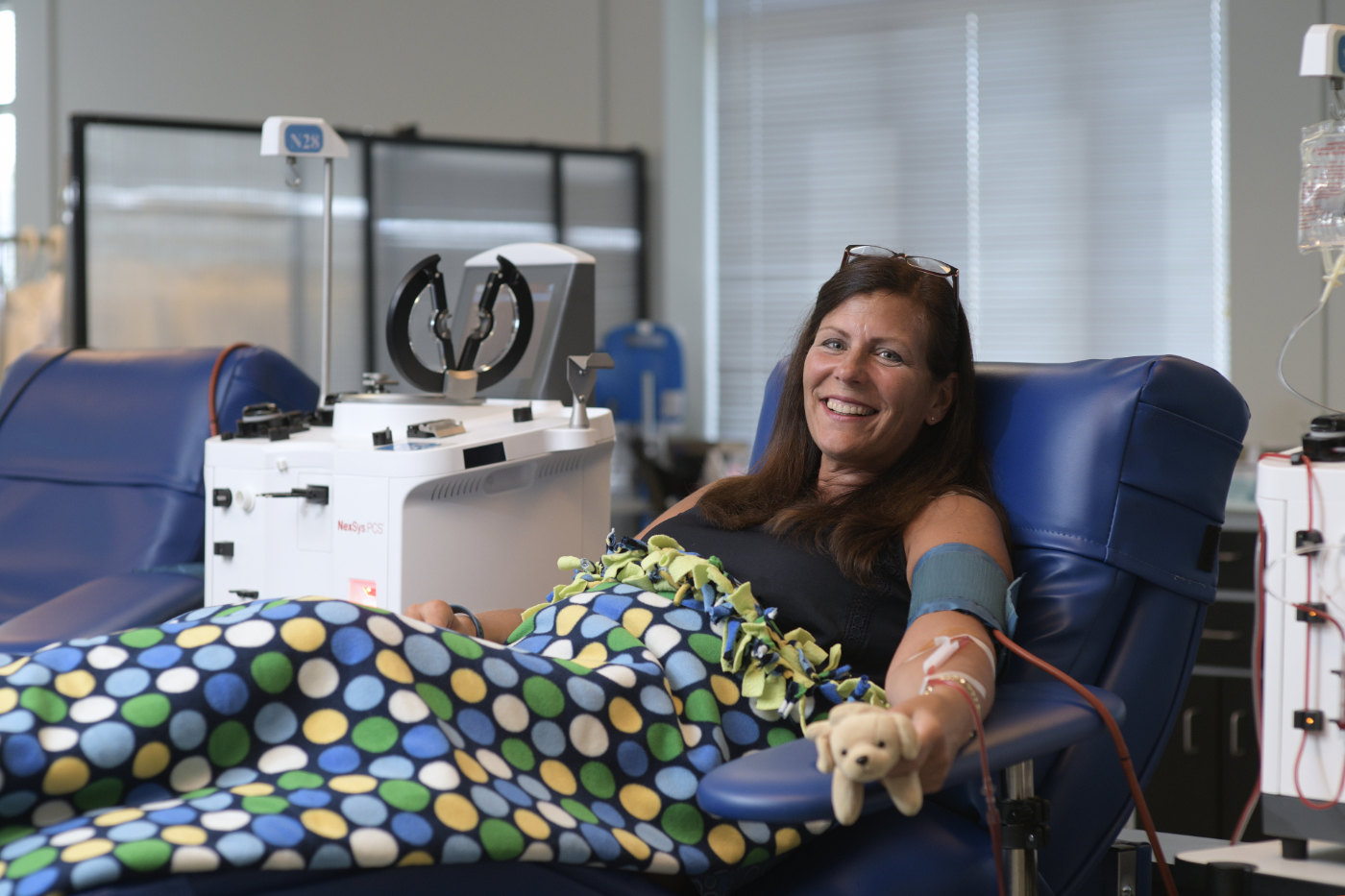Plasma Power
What does plasma do for your body?
Plasma Power
What does plasma do for your body?
April 10, 2024
Plasma is the largest component of blood and performs many vital functions. What is plasma essential for?
Blood is essential to our bodies: it carries nutrients such as fats, proteins, and sugars, removes waste products, helps heal wounds, and distributes heat. Blood has many components, most notably a liquid part called plasma and a solid part that contains red blood cells, white blood cells, and platelets. The latter are the best known, but plasma itself plays a fundamental role too. What is it made up of, and what does it do for your body?
The difference between blood and plasma
Whole blood flows through our veins, and it makes up about 7-8% of our body’s weight. Typically, the male body contains up to 12 pints of blood, while the female body contains up to 9 pints.
Whole blood contains:
Plasma
Blood cells include red blood cells, white blood cells, and platelets
Therefore “blood” refers to the solid part, and “plasma” refers to the liquid part. The difference between blood and plasma is important when donating: you can donate whole blood or just a part of it, plasma.
Both whole blood and plasma are in high demand, especially in emergency medicine: they are often needed to treat trauma, injuries, and burns.
In addition to helping in cases of emergencies, plasma is also used in the treatment and research of rare, chronic, and autoimmune diseases.
Where does plasma come from?
Plasma is first formed in the embryo thanks to the umbilical cord. As the body develops, plasma proteins form in the soft tissue of the bones, called bone marrow. Plasma cells regenerate quickly, so donating plasma is completely safe.
The main component of plasma is water, and it comes from the water absorbed through the digestive system.
When separated from the rest of your blood, it appears like a yellowish liquid that has the color of straw.
What does plasma contain?
As we have seen, plasma is the liquid part of the blood, so its main component is water. It makes up for 91-92% of plasma, which is why drinking plenty of water after a plasma donation is highly recommended.
The remaining 7-8% contains several substances essential for your health and for the well-being of your body. It consists of:
Nutrients, such as proteins, fats and sugars
Coagulants that help the clotting process
Immunoglobulins that help fight infections and pathogens in general
A small amount of: enzymes, hormones, vitamins
What does the plasma in your blood do?
Both whole blood and plasma play a fundamental role in the functioning of our bodies. Specifically, plasma is responsible for:
Blood coagulation to help your wounds or cuts to heal
Defense against pathogens such as viruses, bacteria, or fungi because it contains antibodies, a special type of proteins that keep you from getting sick
Transport of nutrients, minerals, and hormones that fuel your body and regulate functions such as sleep, fatigue, and hunger
Body temperature regulation, which needs to be stable
Removal of waste products: your blood is like a river that carries waste products to organs such as the liver or kidneys for elimination
Plasma performs incredible functions for the body. By donating this precious ‘life-source’ you are helping people who have suffered some kind of trauma or whose own plasma cells don’t function as they should. Your donation helps re-regulate these fundamental processes, greatly improving the quality of life of patients worldwide.






